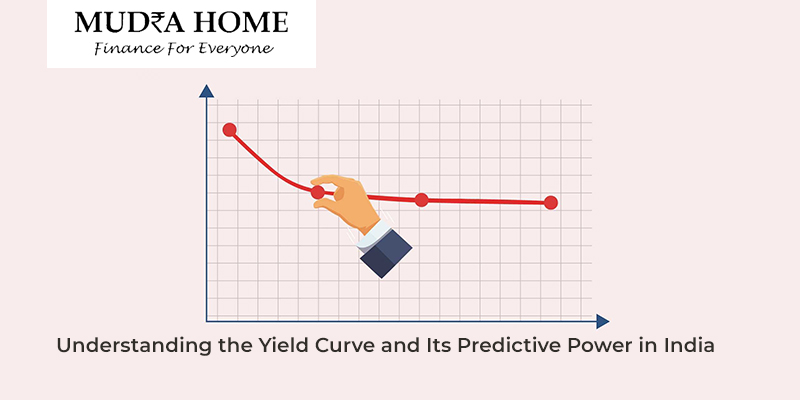The yield curve is a powerful tool that provides valuable insights into the future economic landscape of a country. In India, as in many other nations, this curve plays a vital role in forecasting economic trends and interest rate movements. To comprehend its significance and predictive power, we must first define what a yield curve is and then explore its applications in the Indian context.
**What is a Yield Curve?**
A yield curve is a graphical representation of the interest rates on debt for a range of maturities. It’s a snapshot of how bond yields vary across different time horizons. In most cases, the yield curve is constructed using government bonds, which are considered to be risk-free assets. The key idea is that the yield curve shows the relationship between the interest rate (or cost of borrowing) and the time to maturity of the debt.
**Shapes of the Yield Curve**
Yield curves can take on different shapes, and each shape has specific implications for the economy. The three primary yield curve shapes are:
- **Normal Yield Curve:** In a normal yield curve, short-term interest rates are lower than long-term rates. This indicates a healthy and growing economy, as investors demand higher returns for locking their money into longer-term investments. In this scenario, businesses and consumers are optimistic about the future.
- **Inverted Yield Curve:** An inverted yield curve occurs when short-term interest rates are higher than long-term rates. This is a warning sign of an impending economic downturn, as investors are willing to accept lower long-term returns in exchange for safety. It suggests that investors anticipate lower interest rates in the future due to a weakening economy.
- **Flat Yield Curve:** A flat yield curve suggests that short-term and long-term interest rates are roughly equal. This can signal uncertainty in the economy. It may also indicate a transitional phase, where the market is unsure about the direction of interest rates.
**Predictive Power of the Yield Curve in India**
In India, the yield curve is not just a theoretical concept but an essential tool for economic and financial market analysis. It has proven to be a reliable predictor of economic trends and interest rate movements. Here’s how it can be used in an Indian context:
- **Forecasting Economic Growth:** An upward-sloping yield curve (normal) typically corresponds with expectations of economic growth. When long-term interest rates are higher than short-term rates, it suggests that investors are optimistic about the country’s economic prospects. Conversely, an inverted yield curve can signal an economic slowdown, prompting caution among policymakers and investors.
- **Interest Rate Predictions:** The shape of the yield curve can guide central banks like the Reserve Bank of India (RBI) in making interest rate decisions. An inverted yield curve often foreshadows a need for interest rate cuts to stimulate economic activity. A normal or steep yield curve may signal a potential need for interest rate hikes to prevent overheating.
- **Investment Decisions:** Investors and fund managers in India often use the yield curve as a reference point for their investment decisions. When the yield curve is normal, they may choose to invest in longer-term bonds, expecting higher yields. In contrast, an inverted yield curve may lead them to prefer short-term assets or safer investments.
- **Risk Assessment:** The yield curve can also serve as a risk indicator. A flat or inverted yield curve may signal increased credit risk, making it essential for lenders to assess borrowers more rigorously.
- **Policy and Planning:** Indian policymakers, including the RBI, use the yield curve to gauge the health of the financial system and the overall economy. This information influences their decisions regarding monetary policy, fiscal policy, and regulatory measures.
**Challenges in Interpretation**
While the yield curve is a powerful tool for forecasting economic trends, it’s not foolproof. Several factors can influence the yield curve, including global economic conditions, fiscal policies, and market sentiments. Additionally, in recent years, unconventional monetary policies like quantitative easing have complicated the interpretation of the yield curve.
**Conclusion**
Understanding the yield curve and its predictive power is crucial for anyone interested in the Indian economy and financial markets. It offers valuable insights into the country’s economic health, interest rate movements, and investment strategies. While it’s not a crystal ball for predicting the future with absolute certainty, the yield curve is a reliable indicator that can help individuals, businesses, and policymakers make more informed decisions and prepare for what lies ahead in the complex world of finance and economics. In India, as in the rest of the world, the yield curve remains an invaluable tool for navigating the ever-changing financial landscape
